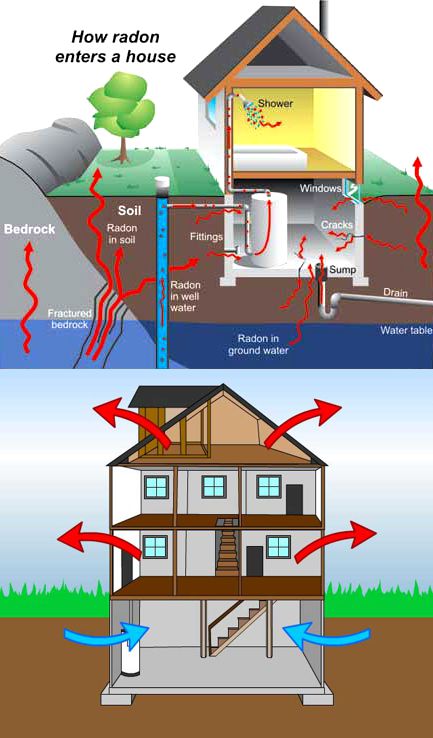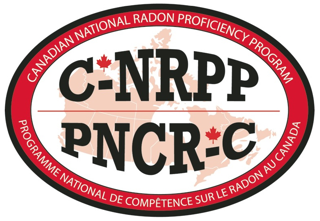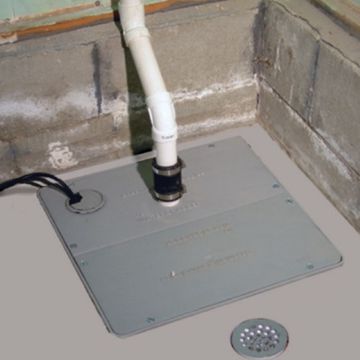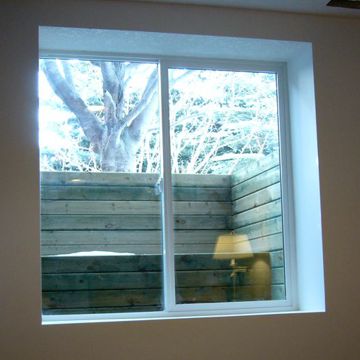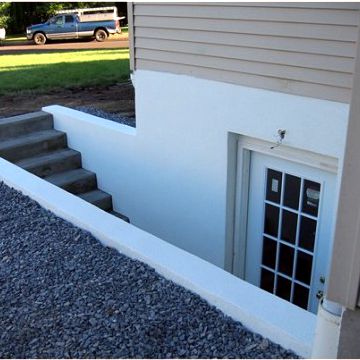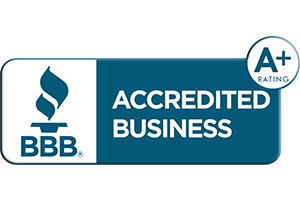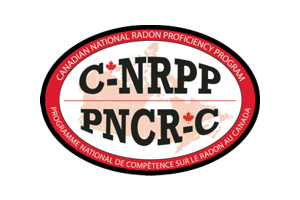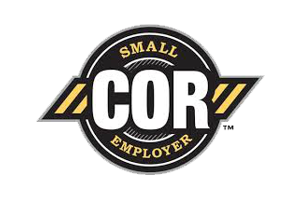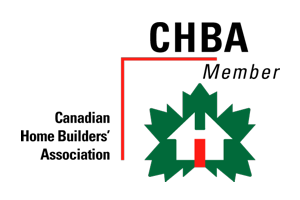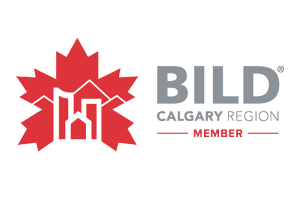What is Radon? Calgary
Certified with the Canadian National Radon Proficiency Program, we are your radon safety specialists. Call us today for info on at-home detection kits and radon mitigation estimates.
What is Radon?
- Radon is a naturally occurring gas that is a by-product of the decay of uranium in the soil.
- It is extremely prevalent in Alberta, due to our geologic conditions.
- Radon gas is colourless, odourless and tasteless, making it impossible to detect without specialized testing equipment.
- Radon gas is the second leading cause of lung cancer, after smoking, accounting for 3,200 lung cancer deaths in Canada, annually.
- Radon bonds to micro particles present in the air which we inhale into our lungs. These radioactive particles have been found to cause injury to lung tissue.
- The risk of radon exposure depends on the concentration of radon present and the length of time of exposure.
- Even if you have never had a cigarette in your life, extended exposure to high levels of radon can put you at the same risk as someone who smokes a pack a day.
How does Radon enter a Home?
- Any part of a building that is in contact with the ground is a potential entry point for radon.
- Entry points include foundation cracks, pipe penetrations, construction joints, sump pits, and floor cleanouts.
- As hot air rises in the home (The Stack Effect), air is drawn into the basement from the ground.
- Naturally the basement and lower levels of any building will have the highest concentrations of radon.
Sources of Radon
- Soil: 69.3%
- Well Water: 18.5%
- Outdoor Air: 9.2%
- Building Materials: 2.5%
- Public Water Supply: 0.5%
NOTE: Even with low levels of Radon, prolonged exposure can lead to increased health risks.

